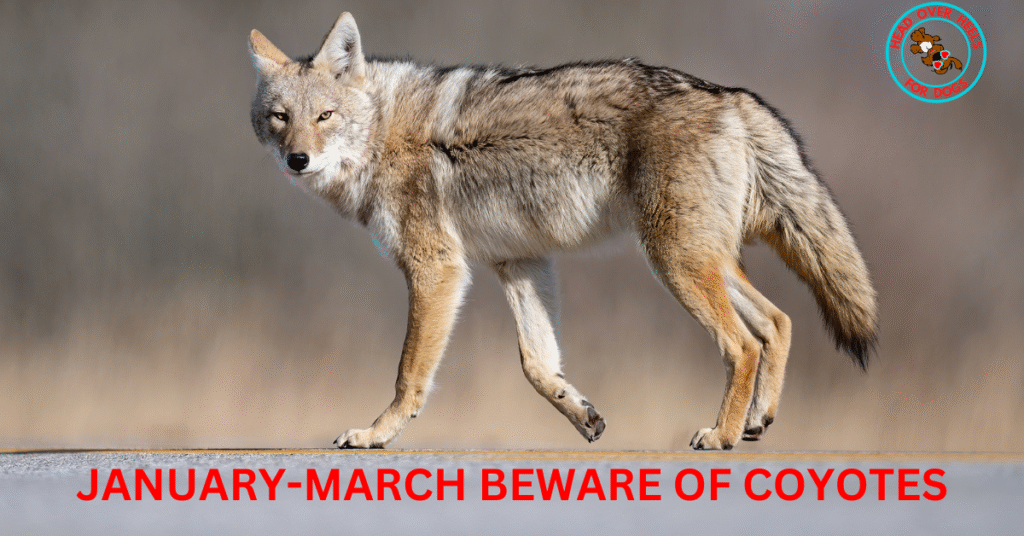Canine Parainfluenza Virus (CPiV) is a highly contagious respiratory virus that affects dogs. It is one of the leading causes of kennel cough, especially in environments where dogs are in close proximity. Below is a comprehensive guide to understanding CPiV, its symptoms, prevention, and treatment.
*Disclaimer: This Post May Contain Affiliate Links. This Means That I Receive A Small Commission At No Extra Cost To You Should You Click Through And Make A Purchase. Learn More On My Policy Page
What Is Canine Parainfluenza Virus?
Canine Parainfluenza Virus is a respiratory virus that primarily targets a dog’s upper respiratory tract.
This virus contributes to Canine Infectious Respiratory Disease Complex (CIRDC) or kennel cough, often co-infecting with other pathogens.
CPiV spreads through aerosol droplets, which means that a dog can contract it by being near another infected dog.
The virus can also be passed via contaminated surfaces, food bowls, and even direct contact with infected dogs.
The facts:
- Highly Contagious: CPIV is a contagious respiratory virus that spreads easily among dogs, particularly in crowded environments like kennels and shelters.
- Primary Cause of Kennel Cough: CPIV is one of the main viruses involved in the kennel cough complex.
- Transmission through Respiratory Secretions: The virus spreads via contact with respiratory droplets from infected dogs.
- Symptoms: Common symptoms include coughing, sneezing, nasal discharge, and lethargy.
- Vaccination Available: Vaccination helps reduce the severity of the disease.
- Treatment: Management includes supportive care and medications as prescribed by a vet.
How Does CPiV Spread?
Canine Parainfluenza Virus spreads in environments where dogs are in close proximity, such as:
- Kennels
- Daycare centers
- Dog parks
- Shelters
The virus is transmitted through respiratory secretions from infected dogs.
For example, when an infected dog coughs or sneezes, viral particles are released into the air, making it easy for nearby dogs to inhale and become infected.
Additionally, dogs can contract the virus by coming into contact with contaminated objects or surfaces.

What Are the Symptoms of Canine Parainfluenza Virus?
Dogs infected with CPiV can display various symptoms similar to other respiratory infections. Some of the most common symptoms include:
- Persistent dry cough
- Runny nose and nasal discharge
- Sneezing
- Loss of appetite
- Lethargy
- Mild fever
These symptoms can be mild in some cases but could develop into more severe respiratory issues, especially if the dog is exposed to other infections.
How Is Canine Parainfluenza Virus Diagnosed?
Diagnosis of CPiV often requires veterinary evaluation.
A vet may perform a physical examination and look for the telltale signs of a respiratory infection.
Additional diagnostic tools may include:
- PCR tests to detect viral genetic material
- Nasal swabs to identify the virus
- Blood tests for antibody detection
Proper diagnosis ensures that the appropriate treatment is administered, as CPiV shares symptoms with other respiratory infections like canine adenovirus and Bordetella Bronchiseptica.
Is Canine Parainfluenza Virus Dangerous?

While CPiV is not generally life-threatening in healthy adult dogs, it can be particularly dangerous for puppies, elderly dogs, or immunocompromised dogs.
In these cases, the infection can lead to pneumonia or other serious complications.
Additionally, dogs that contract CPiV are more susceptible to secondary infections such as bacterial pneumonia, which could potentially become life-threatening without proper treatment.
How Can You Prevent Canine Parainfluenza Virus?
Prevention is crucial for keeping your dog safe from CPiV. Here are some preventive measures:
- Vaccination: The CPiV vaccine is often included in combination vaccines like the DHPP or DAPP vaccines, which also protect against distemper, hepatitis, and parvovirus.
- Avoid High-Risk Areas: If possible, limit your dog’s exposure to kennels, dog parks, or other high-risk environments where many dogs congregate.
- Hygiene: Disinfect items like food bowls, toys, and leashes, especially after outings in shared dog spaces.
Keeping your dog’s immune system strong with proper nutrition and exercise also lowers the risk of infection.
What Is the Treatment for Canine Parainfluenza Virus?
If your dog has been diagnosed with CPiV, your vet may recommend the following treatments to help manage symptoms:
- Rest: Allow your dog ample time to rest and recover.
- Cough suppressants: These can help reduce irritation from the persistent cough.
- Antibiotics: If there’s a bacterial secondary infection, antibiotics may be prescribed.
- Hydration: Ensure your dog stays hydrated, especially if they experience nasal discharge or fever.
While there is no specific antiviral treatment for CPiV, with the right care and attention, most dogs recover within 2 to 3 weeks.
Here are some products that can help care for your dog and protect them from Canine Parainfluenza:
- Immune System Support Supplements: Boost your dog’s immunity for better protection.
- Dog Crate for Isolation: Safely quarantine infected dogs during recovery.
- Dog Rehydration Electrolytes: Keep your dog hydrated during infectious canine hepatitis treatment.
- Digital Thermometers for Pets: Monitor your dog’s temperature for signs of fever.
What Are the Long-Term Effects of Canine Parainfluenza Virus?
In most cases, dogs recover from CPiV without long-term effects, particularly if the infection is mild.
However, dogs that experience severe cases, especially those with secondary infections like pneumonia, may require more extensive treatment and could experience lasting respiratory issues.
Canine Parainfluenza Virus and Kennel Cough: What’s the Connection?
CPiV is one of the most common viruses associated with kennel cough, a canine infectious respiratory disease that is widespread among dogs in group settings.
Kennel cough is not caused by CPiV alone but is a multifactorial disease that also involves pathogens like Bordetella bronchiseptica, canine adenovirus, and mycoplasma.
Symptoms of kennel cough include a dry, hacking cough, sneezing, and nasal discharge.
Dogs often recover on their own with rest, but more severe cases can require treatment and even lead to secondary infections.
Can Humans Contract Canine Parainfluenza Virus?
Thankfully, CPiV is not a zoonotic disease, meaning it cannot be transmitted from dogs to humans.
However, if you have multiple dogs in your household or run a kennel, it’s important to isolate infected dogs to prevent the virus from spreading among your canine family members.
Keeping Your Dog Safe from Canine Parainfluenza Virus

Canine Parainfluenza Virus is a common yet preventable respiratory infection.
By staying vigilant, vaccinating your dog, and minimizing exposure to infected dogs, you can greatly reduce the risk of your dog contracting CPiV.
If your dog does show symptoms of a respiratory infection, it’s always best to consult your vet for a proper diagnosis and treatment plan.
For more detailed information on preventing and treating respiratory infections in dogs, check out this article in The AVMA Journals.
Consult your veterinarian for the best course of action and personalized care for your dog.













